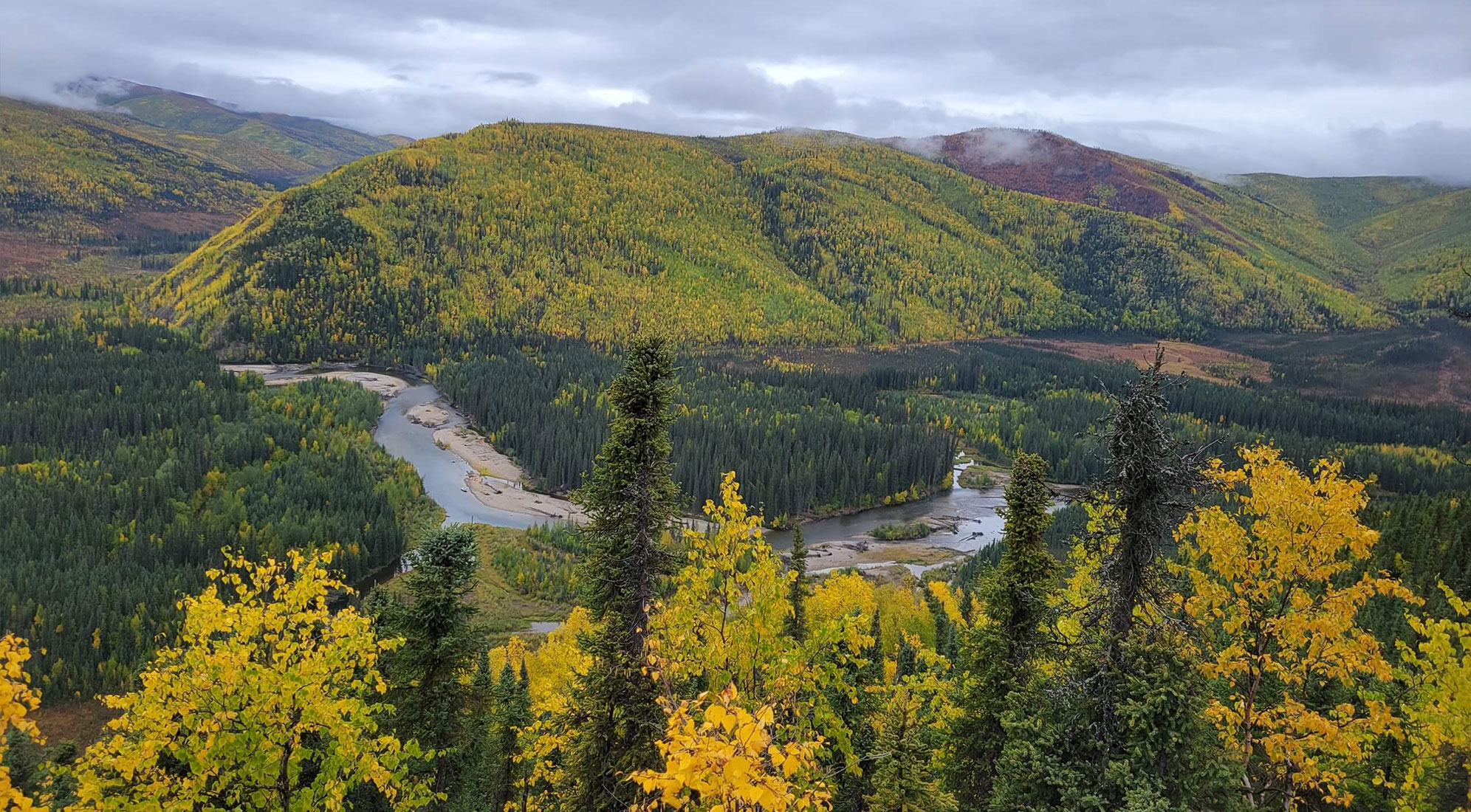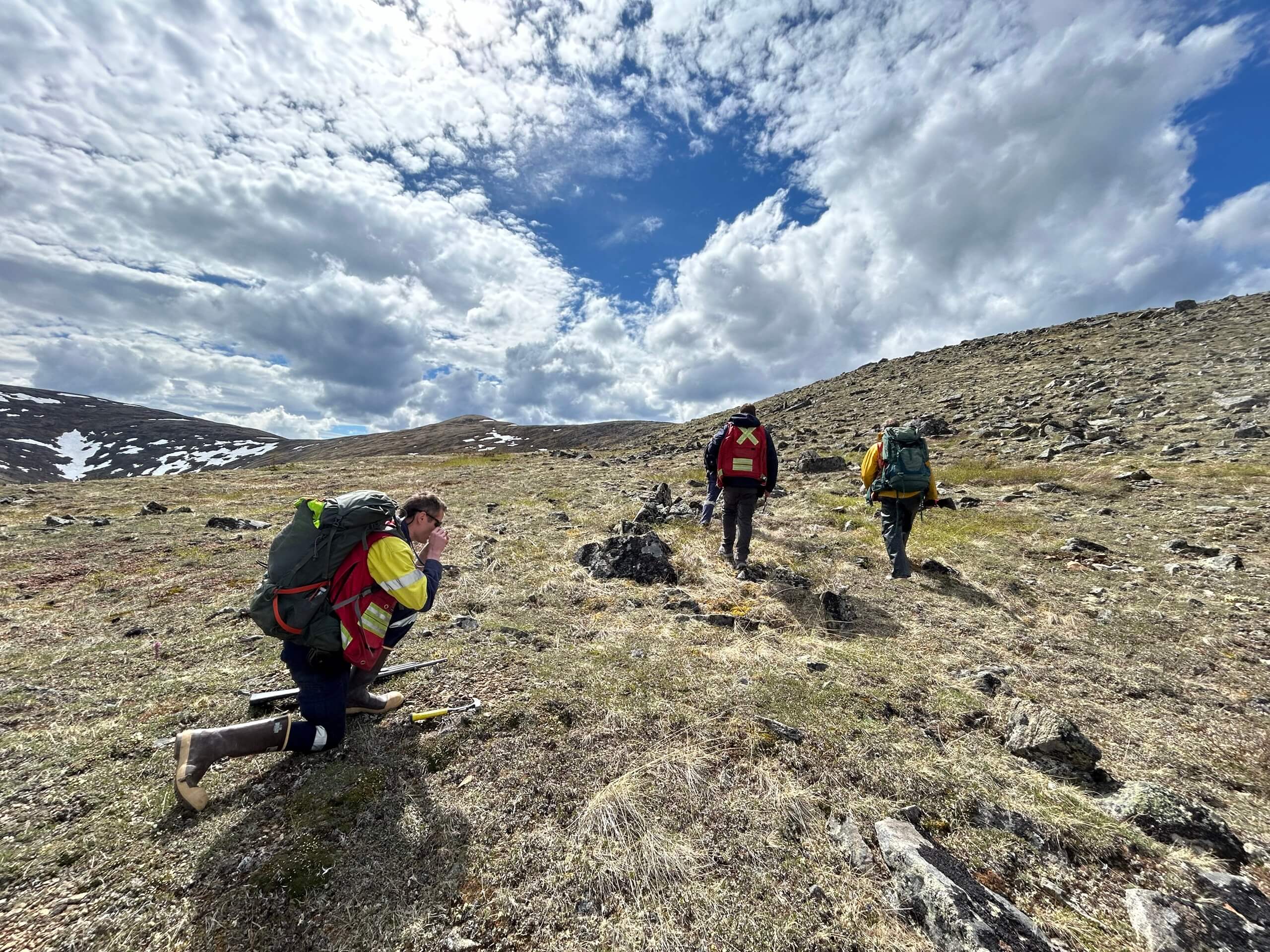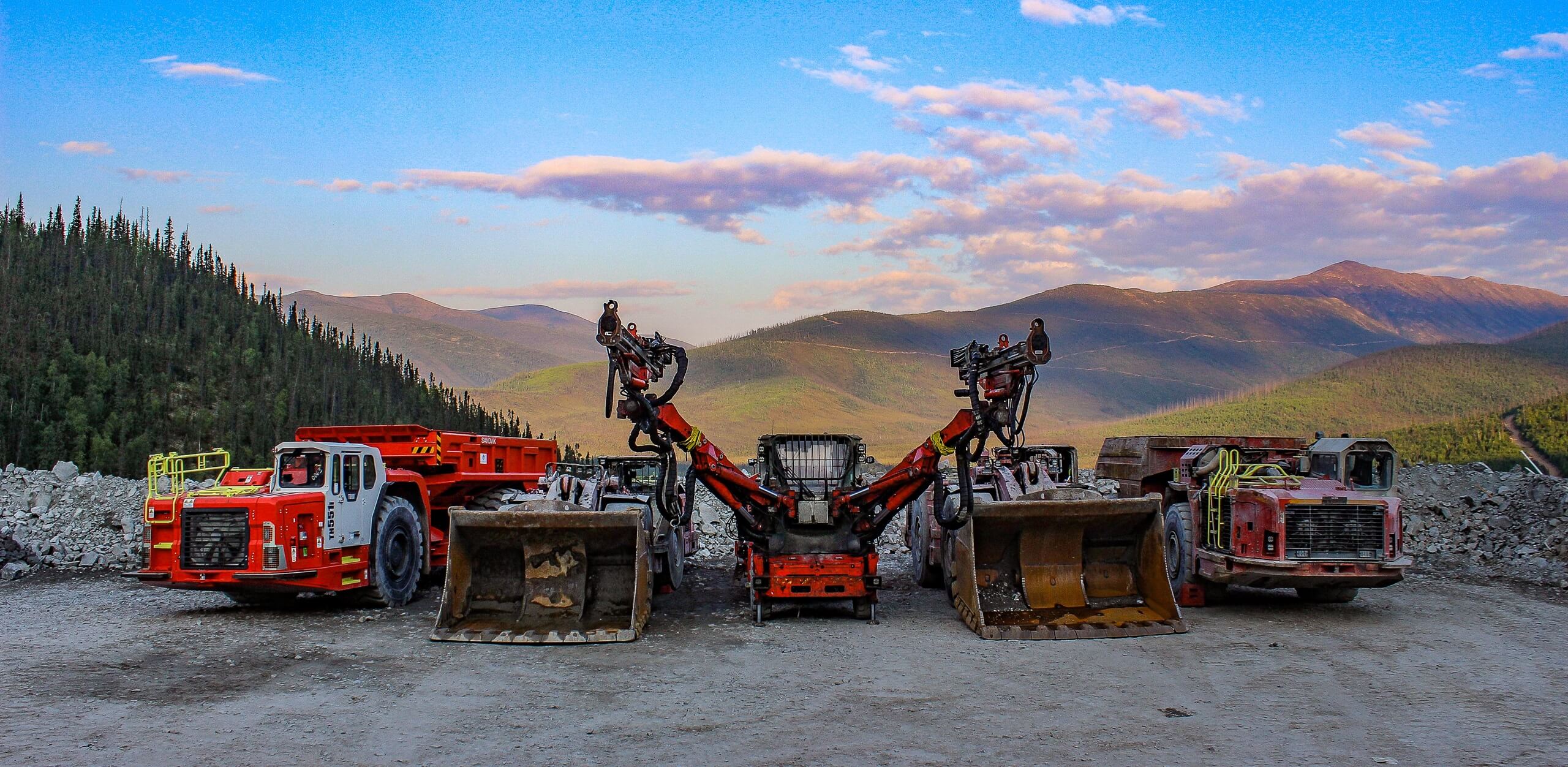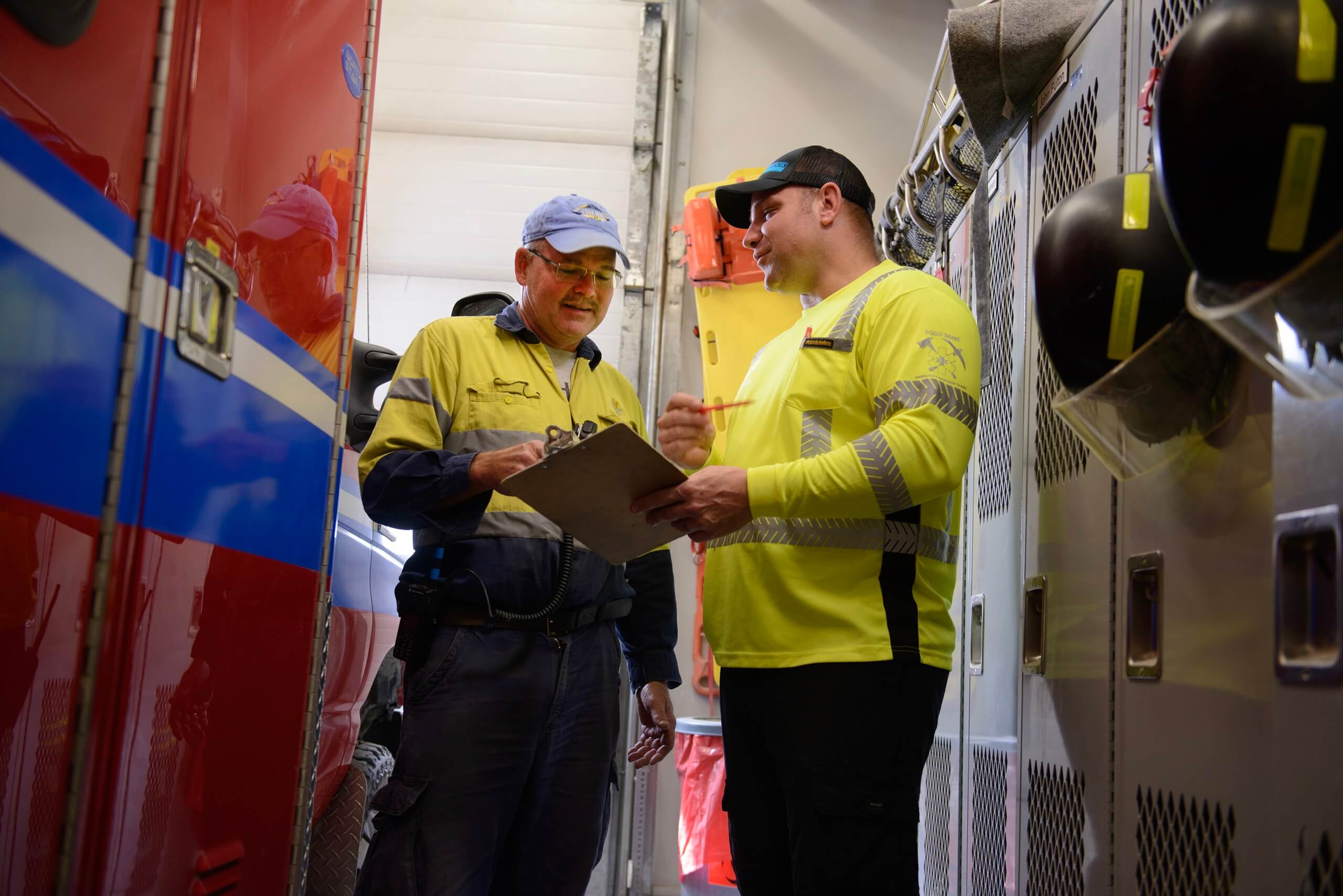Pogo Operations

-
145km (220km by road) southeast of Fairbanks, AlaskaLocation
-
UndergroundMine type
-
283kozF25 gold production
-
2006Commenced gold production
-
6,163kozMineral Resources at 31 March 2025
-
2,126kozOre Reserves at 31 March 2025
-
690Employees
-
DIDOEmployment type
The Pogo Operations are located in the highly prospective Tintina Gold Province of Alaska, North America.
Northern Star acquired the Pogo Mine in 2018.

The Pogo gold deposit is located in the Yukon-Tanana terrain and hosted with in a Proterozoic gneiss and Cretaceous granitoid sequence. The mineralisation consists of numerous massive auriferous quartz +/- sulphide veins hosted in paragneiss and orthogneiss. Mineralisation is controlled by low angle regional shear zones and high angle fault structures.

Mining at Pogo is via underground mining methods. Four portals are in use which provide access to the various underground mining block areas.
Mining methods vary due to variability in vein thickness, dip, grade and continuity, and the selection of method is driven by the geometry of the structure during the initial planning stage of the mine design.

The Pogo processing circuit involves gravity concentration, gold and sulphide flotation, and leaching and adsorption of gold with a leach/carbon-in-pulp (CIP) unit operation.
The process plant has a hard rock processing capacity of 1.3Mtpa, following an expansion from 1.0Mtpa in FY22.







